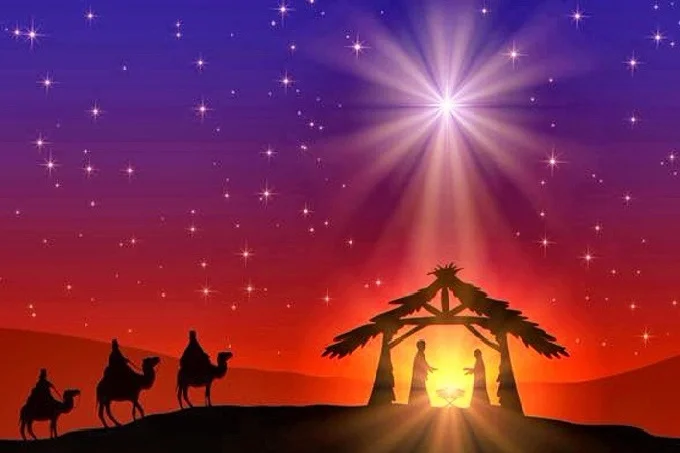The Star of Bethlehem led the Magi to the manger of the newborn Jesus. The Star moved across the sky from east to west and stopped just above the cave with the baby’s cradle, according to the Bible. But what was the Star really?
For centuries, astronomers have debated whether the Star was real and, if so, what kind of object it could be. Over the past few decades, scientists have formed two main theories on this subject.
The first claims that the Bethlehem star is actually an unusual cosmic phenomenon – Venus and Jupiter are lined up in a single line in the direction of the Earth, so from our planet, these objects, already quite bright in the night sky, began to look like one and even brighter space body visually. Experts calculate that a similar parade of planets took place around 17 A.D.
To get the latest stories, install our app here.
“There is no doubt that two thousand years ago, the visual merger of Venus and Jupiter would have been seen as the birth of a new and bright star, visible especially well in the evening hours,” says Edward Krupp, director of the Los Angeles Observatory.
However, scientists say that periodic “mergers” of planets occur with greater or lesser regularity, so there is some doubt as to whether the parade of two planets could have been mistaken for the birth of a star. “There is considerable uncertainty as to the exact date of Christ’s birth. Right now, there is no precise information to somehow establish it more accurately,” believes Marvin Bolt, director of the Adler Planetarium in Chicago.
Scientists and historians agree that the Nativity Star must have really represented some truly extraordinary event. “Scientists today are using the whole arsenal of modern tools to look for similar phenomena in the sky, but nothing like this has yet been found, so the scientific and cultural meaning of what happened remains unknown,” says Bolt.
However, there is an alternative theory that says that the Star of Bethlehem is a complex of celestial associations of the Moon, Jupiter, and a group of real stars, all of which had profound meaning to astrologers of the time.
As a result, the Star is a composite image of several significant astronomical events, each of which served as part of the story of the Star of Jesus.
Scientists suggest that the sequence of events, later called the Star of Bethlehem, dates back to 6 A.D. Then Jupiter was in the constellation of Aries, where it was seen especially brightly, a few months later, Jupiter twice formed a parade of planets with the Moon, and then with Saturn. As a result, all of these events may well have been interpreted in the Gospels as “the birth of a new star.
“2,000 years is not a long time by astronomical standards, so the planets haven’t changed a bit in that time, we need to understand the other thing-what seemed important to people who were observing the sky two millennia ago,” Bolt is sure.
“If we want to figure out what really happened in the sky 2,000 years ago, we have to have confirmation of what is relevant to the date of Christ’s birth. We first need to have clear data about exactly when this man was born,” summarizes the expert.
